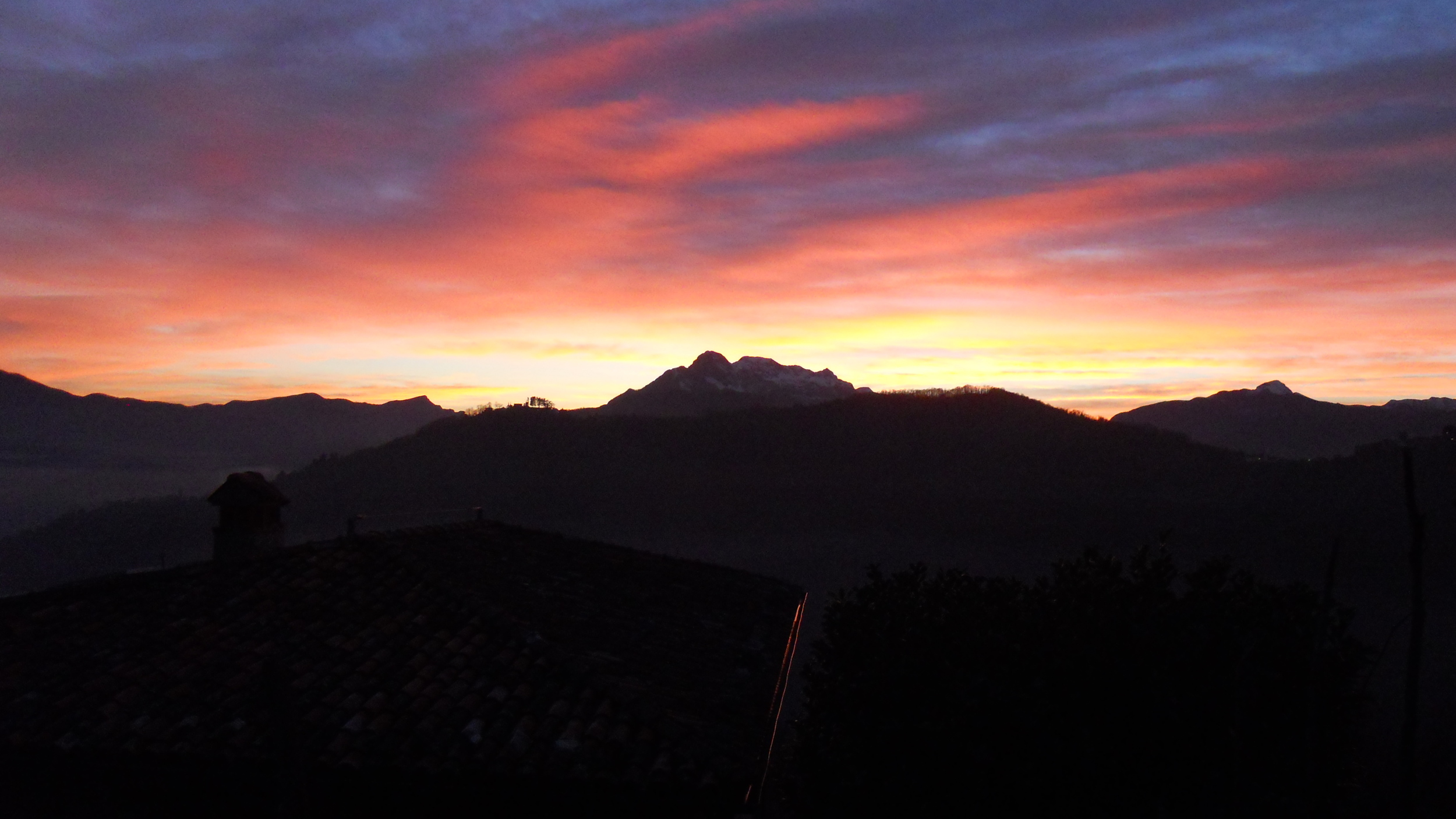CHESTNUTS Lupinaia the village above La Collina del Sole is hosting the Festa della Castagna this weekend. The humble chestnut is responsible for keeping the population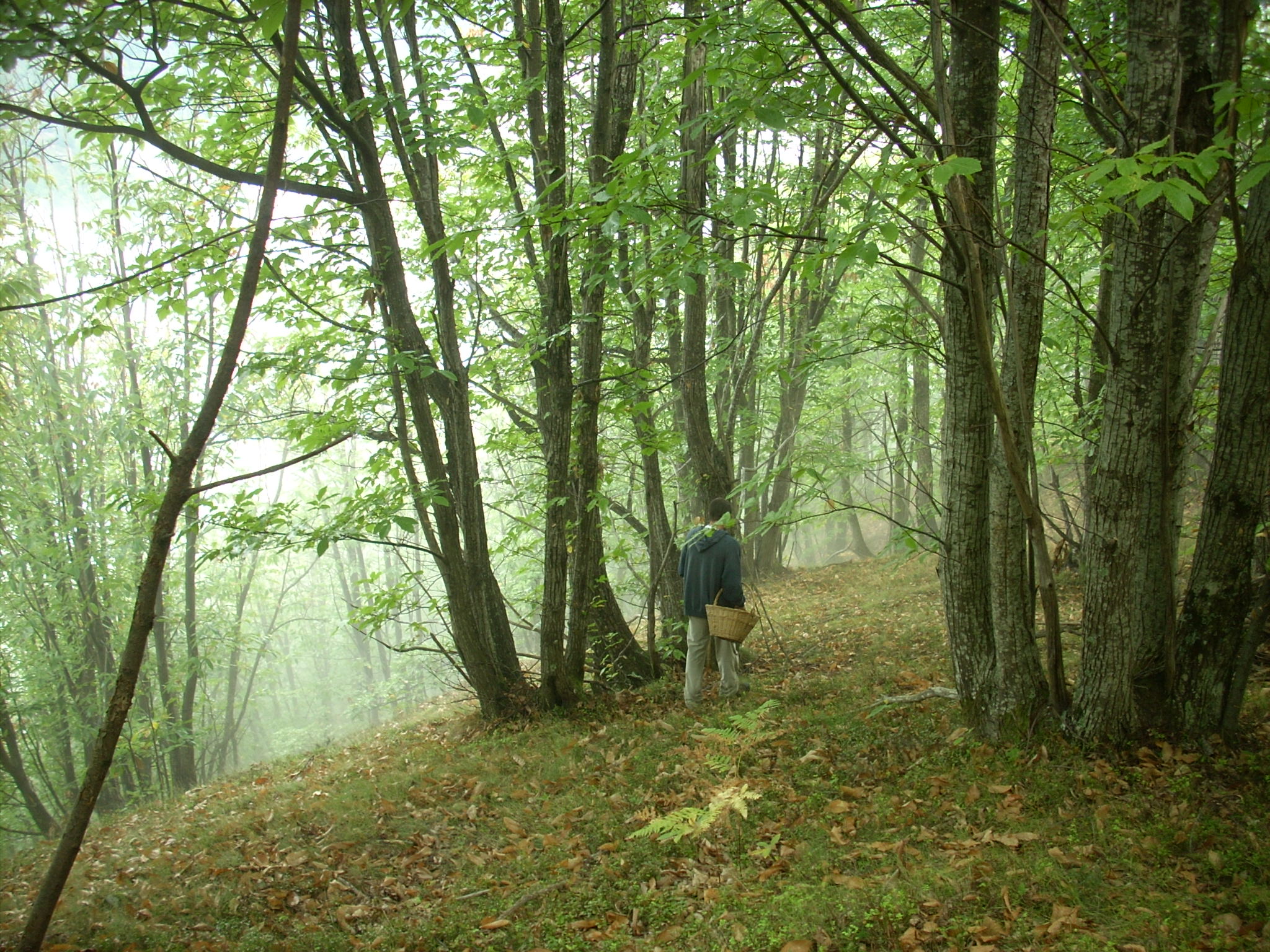 alive in the area of Lucca Villa Rental during WWII as there was little else to eat. You can see the why in the Museo della Liberazione During WWII the chestnut trees of Garfagnana continued to yield their fruit. In order to eat the naturally sweet chestnut that continues to be so abundant in the woods above Holiday Villas in Lucca you first collect the chestnut or Castagne then they are dried gently over a ”Metato” for 40 days. A metato is either a two tier rustic building erected during the chestnut harvest in the Apennine area where you find villas for rent in Tuscany or sometimes the “metato” was an integral part of the house in the kitchen area which in the autumn and winter became
alive in the area of Lucca Villa Rental during WWII as there was little else to eat. You can see the why in the Museo della Liberazione During WWII the chestnut trees of Garfagnana continued to yield their fruit. In order to eat the naturally sweet chestnut that continues to be so abundant in the woods above Holiday Villas in Lucca you first collect the chestnut or Castagne then they are dried gently over a ”Metato” for 40 days. A metato is either a two tier rustic building erected during the chestnut harvest in the Apennine area where you find villas for rent in Tuscany or sometimes the “metato” was an integral part of the house in the kitchen area which in the autumn and winter became 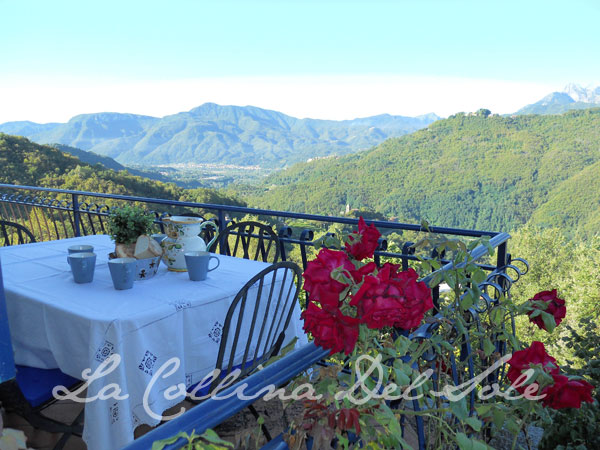 a meeting place. Although nowadays when you rent a villa in Tuscany the most attractive feature is the scenery and sunspots a few decades ago the most inviting part of a home was the warm meeting place near the kitchen, where the chestnuts were placed to dry on reed scaffold or planks of wood or cane close to the kitchen hearth which ensured a constant heat. Not a normal feature nowadays in any of the villa rentals in Tuscany ! The chestnuts then dry up over 40 days in a gentle heat, once dried, the chestnuts were shelled with a vigorous beating that shredded the
a meeting place. Although nowadays when you rent a villa in Tuscany the most attractive feature is the scenery and sunspots a few decades ago the most inviting part of a home was the warm meeting place near the kitchen, where the chestnuts were placed to dry on reed scaffold or planks of wood or cane close to the kitchen hearth which ensured a constant heat. Not a normal feature nowadays in any of the villa rentals in Tuscany ! The chestnuts then dry up over 40 days in a gentle heat, once dried, the chestnuts were shelled with a vigorous beating that shredded the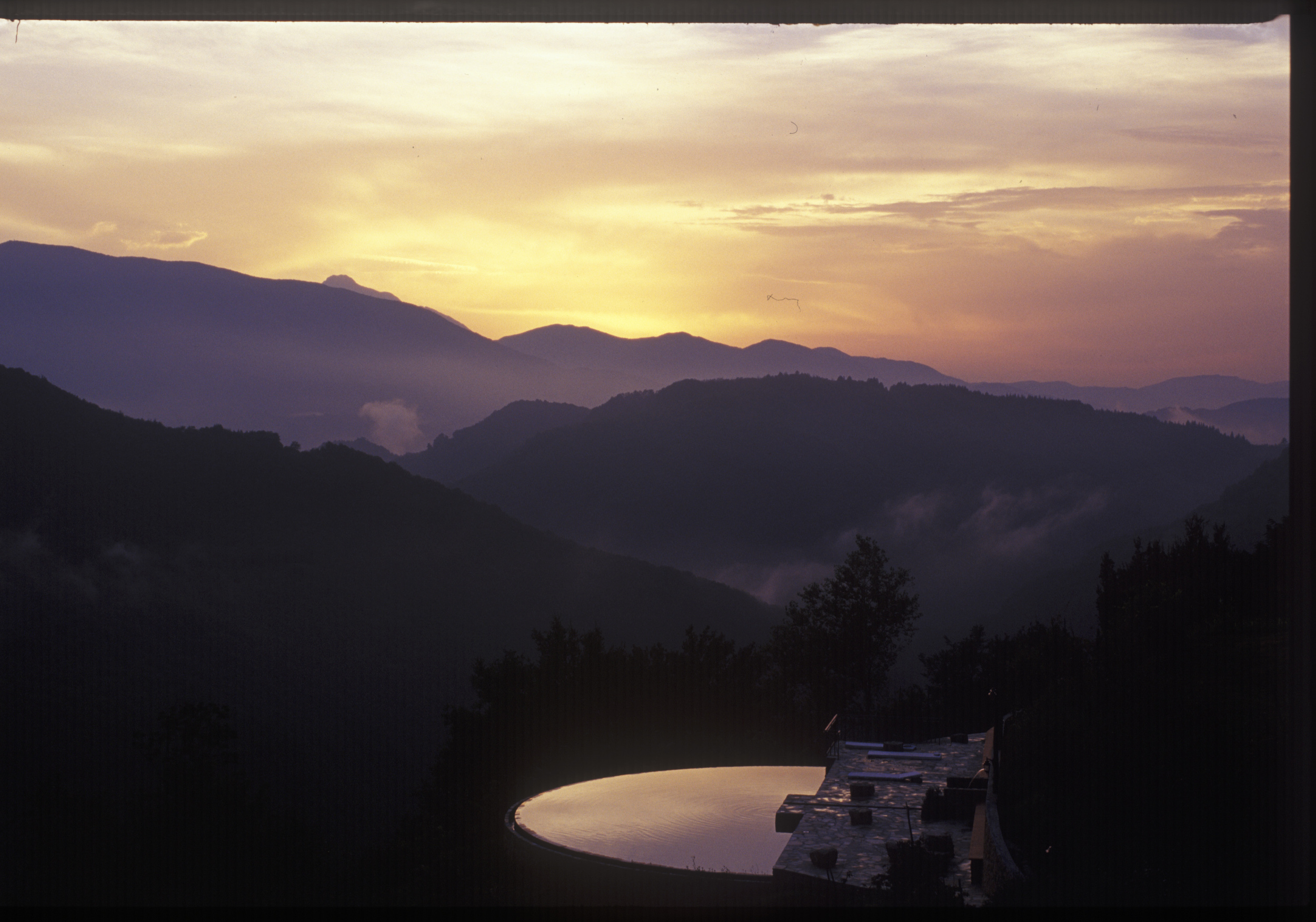 skin off nut shells inside sturdy bags. Nowadays “metati” have disappeared as they have been transformed into storage rooms or large cupboards.From the Middle Ages until the present day, the chestnut has been central to the nourishment of mountain dwellers, as evidenced by the numerous laws over the centuries, for the protection and regulation of the exploitation of chestnut trees. The Statutes of Gavinana of 1540 for example stipulate that the chestnut harvest by the owner of the woods ends with the month of November, after which the poor could freely reap the remaining nuts. Once dried the nuts would be taken to
skin off nut shells inside sturdy bags. Nowadays “metati” have disappeared as they have been transformed into storage rooms or large cupboards.From the Middle Ages until the present day, the chestnut has been central to the nourishment of mountain dwellers, as evidenced by the numerous laws over the centuries, for the protection and regulation of the exploitation of chestnut trees. The Statutes of Gavinana of 1540 for example stipulate that the chestnut harvest by the owner of the woods ends with the month of November, after which the poor could freely reap the remaining nuts. Once dried the nuts would be taken to 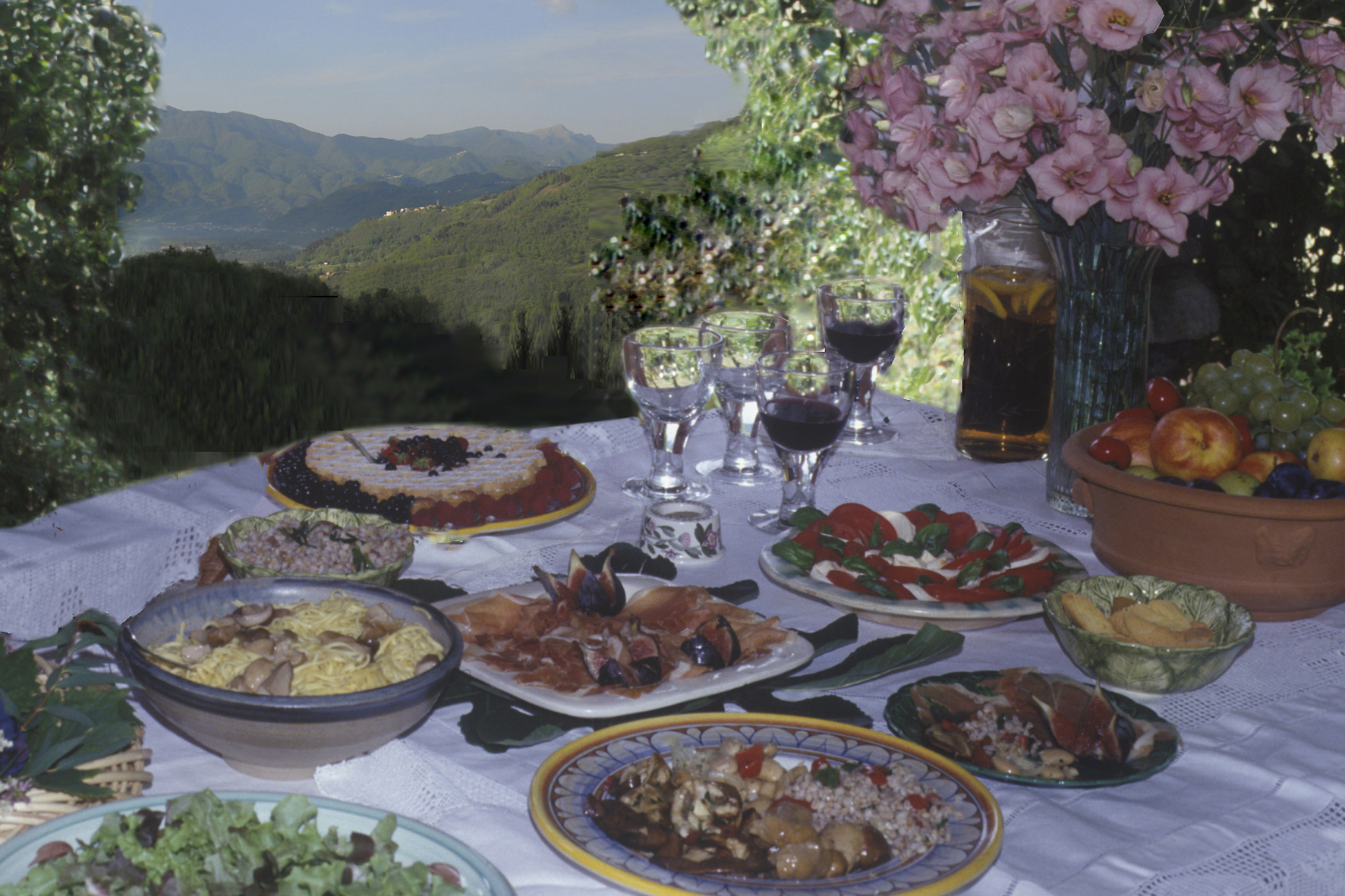 the mill to be turned into chestnut flour, as this flower is naturally sweet there is little need for additional sweeteners and is made into fried tranches of chestnut flower or castagniaccio, which is chestnut flour mixed with water, rosemary, orange peel, pine nuts and walnuts, raisins, milk and olive oil. Chestnut flour was also used for bread and polenta. Chestnuts could also be either roasted and called necci or eaten boiled and called balucci. Even the most mundane food when said in Italian has a special ring to it !
the mill to be turned into chestnut flour, as this flower is naturally sweet there is little need for additional sweeteners and is made into fried tranches of chestnut flower or castagniaccio, which is chestnut flour mixed with water, rosemary, orange peel, pine nuts and walnuts, raisins, milk and olive oil. Chestnut flour was also used for bread and polenta. Chestnuts could also be either roasted and called necci or eaten boiled and called balucci. Even the most mundane food when said in Italian has a special ring to it !

